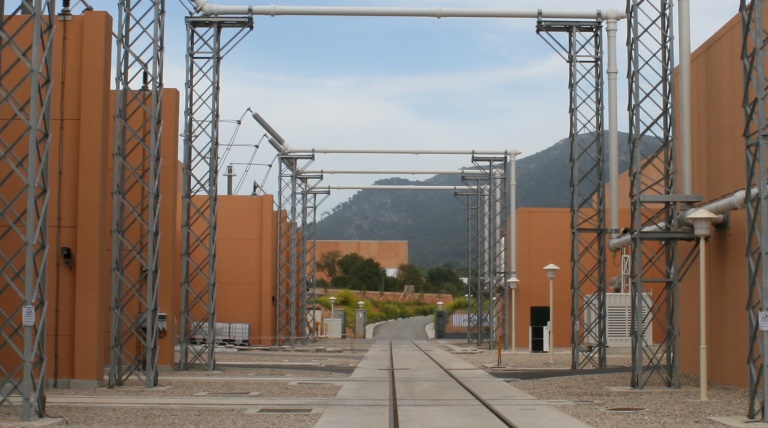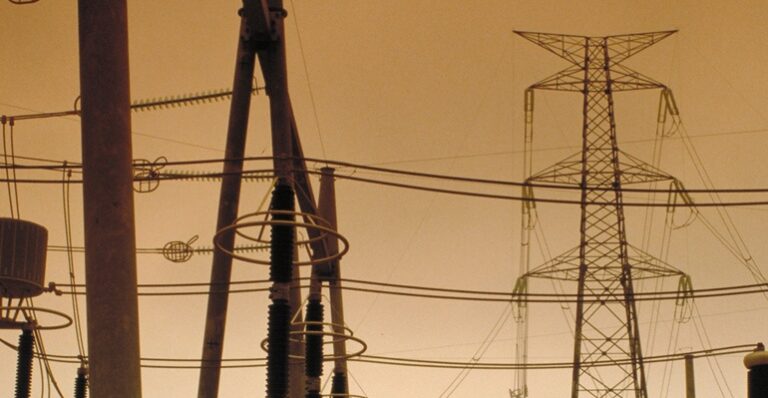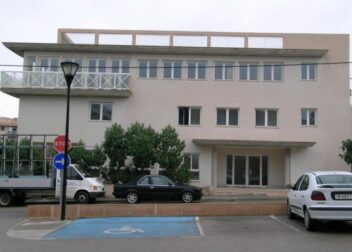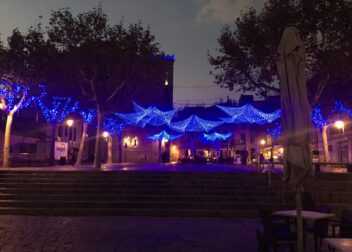Electric Cable Enters New Phase of Negotiations
- 10 October 2024
- News Articles, Community News, Local Politics
- 5 mins read
Local news in Alcudia is dominated by the arrival of an electric cable that will connect Mallorca to the Peninsula via sa Ferradura (the coast near the entrance to the La Victoria camp). Last week the working group for the project met for the first time and, much to the satisfaction of the Resident’s Association that opposes the proposed land route, all parties involved concluded that they will work on finding an alternative route that moves the cable away from residential areas.
The spokesperson for the residents association (VAAC), Carlos Moncho, was pleased that “the Administration and the technicians agreed to find a route that represents a lesser evil and to find solutions that affect the residents as little as possible”. Sat alongside him in the meeting were various local government ministers; representatives of Redeia (parent company of Red Electrica); project managers from Red Electrica, and the mayor of Alcúdia, Fina Linares.
Minister of Business, Employment and Energy of the Consell de Mallorca, Alejandro Sáenz de San Pedro, highlighted that the objective of the working group is “to open a dialogue to help find a land route agreed upon by all parties.” According to the government, once a consensus is reached, Red Eléctrica will add the new route as an addendum along with an update of the environmental impact study, which will then be submitted for public information.
ELECTRIC CABLE IN A NUTSHELL:
The project is part of the 2021-2026 Electricity Transmission Grid Plan.
It’s said that the link will more than double the benefits provided by the first Peninsula-Balearic cable, which has been in service since 2012.
The new cable will significantly improve the quality of supply, advance the ecological goals and reduce dependency on fossil fuels.
It will meet an average annual coverage of 65% of the demand of the Balearic electricity system and will reduce CO2 emissions per year by 905kt, thanks to an increased integration of renewable energies.
The future project will connect the Fadrell converter station in Castellón with the new Sant Martí converter station in Mallorca.
It will consist of a 2*200 MW submarine/underground link with an approximate length of 400km, of which 390km will be laid under water and the rest underground.
The proposed landing of the cable will be in the Sa Ferradura area, between the bays of Alcudia and Pollensa, chosen because of the lack of impact on the Posidonia oceanica.
Sa Ferradura is also close to the converter station in the industrial Na Lloreta area, which has already been developed and very close to the existing Sant Martí 220/66 kV sub-station.
A Working Group has met for the first time to discuss the land route of the cable and there is already agreement on the desirability to incorporate changes that prioritise a route that runs mainly along roads owned by the Consell de Mallorca.
The working group —established in July— is made up of the Ministry for the Ecological Transition and Demographic Challenge, the Government of the Balearic Islands, Alcudia Council, the Consell de Mallorca, the Residents’ Association, and Red Eléctrica. It was formed in order to develop an optimal land route that is socially, technically, and environmentally viable.
Sa Ferradrua - Non Negotiable
Although no agreement on the land route was reached at this first meeting, Red Electrica made it clear that the submarine route of the cable and its arrival through Sa Ferradura is non-negotiable. In the lead up to this point, 13 possible landing points were studied and the Sa Ferradura entry point is the one with the least impact on the posidonia oceanica.
Concerning the land route of the cable, authorities and project managers are willing to modify the proposed route, which has raised strong opposition from residents. At this first session, the possibility of it running along roads owned by the Consell de Mallorca has been suggested.
The proposal of the Resident’s Association is that the cable is not laid near any homes and that, if it does, it does so with greater protection than what is called for by law.
Objections to the Electric Cable
One of the greatest concerns among the residents of the Alcudia who are affected by the current planed route is that the project has already begun its period of public exhibition, where the characteristics of the electrical link have been determined, and they fear that the period for submitting objections to it will end before an alternative route has been agreed.
The Resident’s Association has confirmed its intention to submit its objections, in parallel with the negotiation process to find the new land route. The Alcudia Town Council will not submit objections for now, only in the event that a modification is not submitted within the 45-day consultation period will it do so. The mayor justified the approach because the project needs to be published so that it can advance in other aspects, such as the submarine route. Red Eléctrica is willing to modify the terrestrial route by means of an addendum to the original project, so there will be no need to submit objections unless this addendum is not submitted.
Local Politics
The project meant council sessions at Alcudia’s Town Hall. In the early stages of the project during 2021 and 2023, meetings were somewhat turbulent and residents of the affected area on the Alcudia side of the Bay of Pollensa (Bonaire, Manresa, Camí dels Anglesos, Es Barcarès, Sa Marina, etc.), held regular demonstrations. A motion was finally approved unanimously in which the Alcudia Town Hall took a stand in favour of the residents’ demands.
However, local elections brought change and the now-opposition parties have not been invited to participate in the working group and tensions flared again during a council session this week when the El Pi councillor, Domingo Bonin, (who was the mayor when the conflict broke out) again demanded that the cable enter through the bay of Alcudia, directly towards the Es Murterar power station.
It would seem that the council has now moved to focus on the negotiating efforts on the land route being further away from inhabited areas, rather than renegotiate the land entry point of the cable.
El Pi’s proposal did not meet any more approval: the local government and Podemos voted against it and the PSOE and Més abstained. Former mayor Domingo Bonnín, expressed his “disappointment” with his former partners for “taking a backseat”.

WHY IS THE RESIDENT’S ASSOCIATION AGAINST THE ELECTRIC CABLE?
- The harm to human health from magnetic fields generated by high- voltage electrical infrastructure is documented and proven.
- The Mallorca-Menorca submarine interconnection link or cable has caused accidents, social damage and natural damage.
- The proposed cable route passes less than 4 metres from the bedrooms of many of Alcudia’s residents.
- In all alternatives the posidonia will be damaged and this should be more than sufficient argument for not implementing the project in residential areas.
What the association has always asked for, or wanted is:
NO installation of the cable or, failing that, a route that does not affect urban and residential areas.



